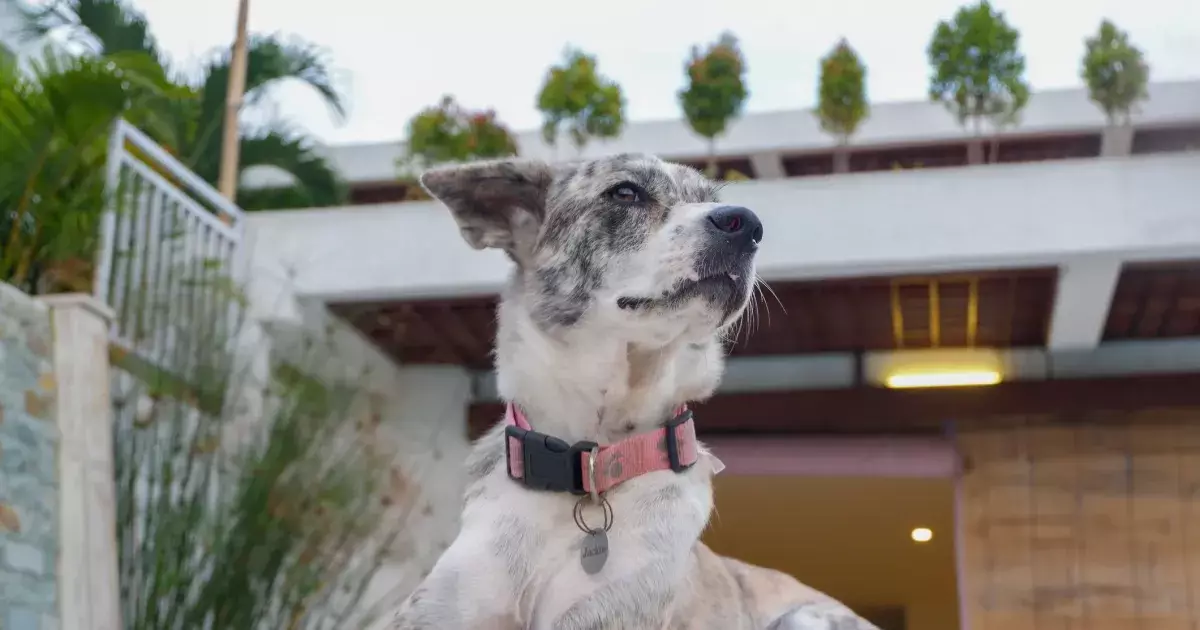Inheriting a dog after the passing of a beloved family member or close friend can be an emotional yet intricate process. While it’s an act of compassion to provide a home for a dog left behind, it also comes with unique challenges and responsibilities. Here’s a comprehensive guide on how to navigate this significant transition effectively, ensuring a smooth integration for both you and your new canine companion.
Before bringing home your newly inherited pet, gaining insights into the dog’s previous lifestyle is crucial. If possible, have open conversations with the former owner or their family to learn significant details about the dog’s daily routine. Key topics to explore include the dog’s feeding schedule, walking habits, preferred toys and activities, training status, and any medical needs or medications that should be adhered to. Understanding this history will provide a substantial foundation that can help maintain consistency for the dog during this period of change.
Establishing a similar environment based on the dog’s known routine is essential, at least in the beginning. This not only offers comfort to the animal but also minimizes the potential stress that can arise from sudden changes.
Dog-proofing your living space is another critical step before welcoming your new furry friend. Set up all necessary dog supplies like bowls, a bed, and safe toys. Ensure that hazardous objects, chemical cleaners, and cords are out of reach to safeguard your pet’s wellbeing. If you have other pets, it’s wise to create safe, separate areas for them initially, allowing for a gradual introduction process.
Having a dedicated space for your new dog will help them acclimatize to their new home and reduce anxiety. Ensure that this area is comfortable and welcoming, with their essentials readily available for their use.
A crucial first step after bringing your dog home is scheduling a thorough check-up with a veterinarian. Not only should you transfer any medical records from the previous owner, but you should also discuss any health concerns or specific care needs. During the visit, the vet can conduct a baseline examination to ensure your new companion is healthy and to talk through diet, exercise, and preventative care tailored to your dog’s age and health status.
Building a strong relationship with the veterinarian is essential; this will help in managing the dog’s health and any concerns that may arise in the future.
Building Trust and Understanding Behavior
As you settle in with your new dog, dedicating time to understand their unique personality and preferences is fundamental. Every dog comes with its own set of quirks—some may be social butterflies, while others might exhibit shyness or anxiety. Observing how the dog responds to various stimuli will aid you in catering to their needs more effectively.
When interacting with your new dog, take it slow. Establishing trust and a strong bond won’t happen overnight; it requires patience and consistent, positive reinforcement. Offer praise and treats for desired behaviors, and engage in interactive play. Activities such as leisurely walks where the dog can explore at their own pace can foster a strong connection.
Integrating with Other Pets and Humans
Introducing your new dog to any existing pets in your household should be done cautiously. Start with slow, controlled interactions, possibly through gates or crates, and allow them to gradually get used to one another’s scents and presence. When the time comes for face-to-face introductions, ensure these encounters occur in a neutral space to avoid territorial disputes.
If you have children or other family members, gradually integrating the new dog into these dynamics is equally important. Supervised interactions will help establish healthy, safe relationships among all household members.
Transitioning your dog from their previous arrangements to your household routines may take time. Whether it’s altering their food, exercise regimen, or training approach, introduce changes gradually and patiently. Dogs are creatures of habit, and sudden shifts can be overwhelming. Communicate clearly with your new companion through consistent commands and actions to solidify their understanding of expectations.
Inheriting a dog can indeed be a fulfilling experience. By following these guidelines and doing so with care and empathy, you stand a strong chance of creating a harmonious environment for your new pet. Both you and your dog can look forward to years of companionship and love, fostering the special bond that can only come from sharing your home and life with a cherished canine. Remember, the emotional rewards of this journey often outweigh the challenges, culminating in a beautifully rewarding experience for all involved.

